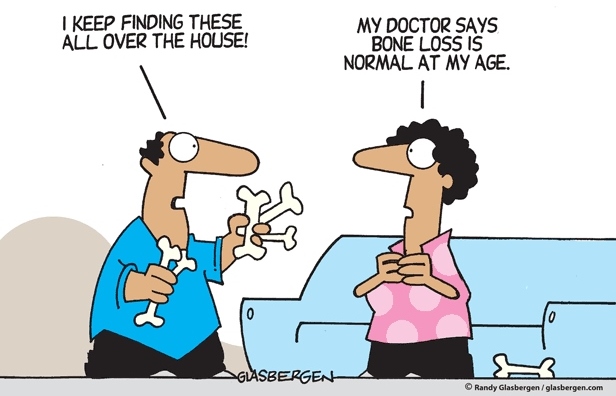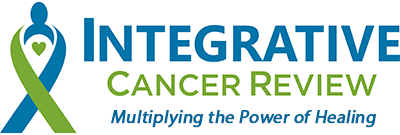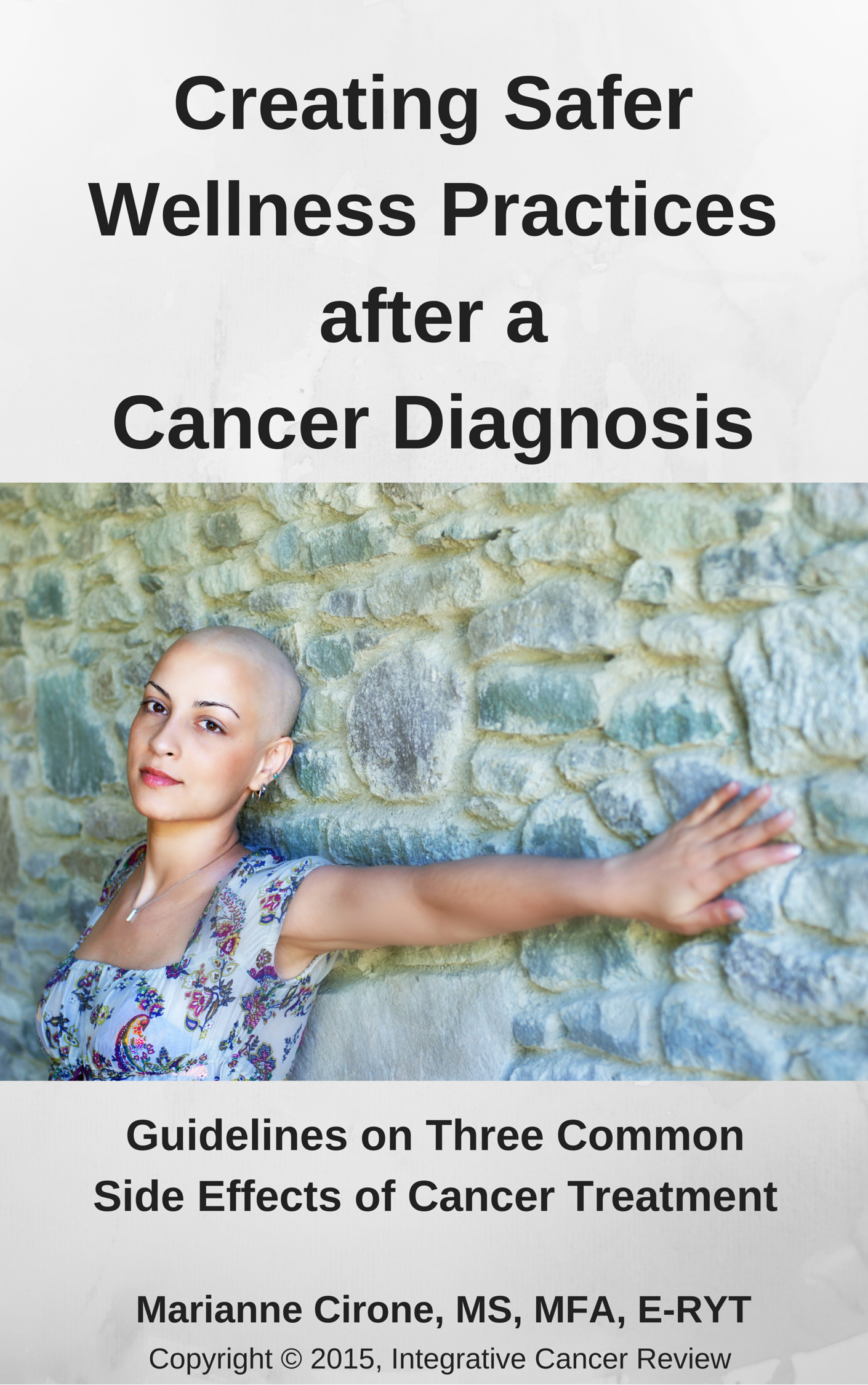
Cancer and Bone Loss: Risks and Remedies
Bone loss.
Osteopenia, and its more severe form, osteoporosis, are forms of bone loss, that is — decreased bone density. Cancer, cancer treatment and related conditions can all increase the risk of serious bone loss.
Unlike in the scene above, bone loss is usually not apparent until a fracture occurs. Because bone loss conditions usually don’t exhibit symptoms until they result in fractures or postural changes, they are called “silent” conditions.
Unfortunately, by the time fractures occur, the condition can already be in its advanced stages. And sadly, fractures often lead to pain, disability and in some cases — especially after hip fractures — can ultimately lead to death. So, it’s important to understand the risk factors for osteoporosis and what can be done proactively to prevent or manage the condition.
What is the Risk for Osteoporosis?
Bone loss issues affect us more as we get older. Typically, our bone density usually increases until about age 30, when we reach the peak of bone density, and then we begin to lose bone mass as we age– especially for women after menopause due to the loss of estrogen.
For people diagnosed with cancer, the risk of bone loss starts with the general risk factors, which then can increase due to the cancer and the treatments used for the cancer as well.
General Risk Factors for Bone Loss
According to the National Osteoporosis Foundation (NOF), general risk factors for osteoporosis are:
- Gender (women are more at risk)
- Age over 50
- Menopause
- Family history
- Low body weight / being small and thin
- Not enough calcium and vitamin D
- Smoking, drinking to excess and a sedentary lifestyle
- Excess protein, caffeine and sodium
- History of fracture
Additional risk factors may include:
- Abnormal absence of menstrual periods
- Anorexia nervosa
- Low testosterone in men and estrogen deficiency in women
- Being Caucasian or Asian
- Consuming carbonated drinks and other high phosphorous food/drink
Bone Loss Risk for People Diagnosed with Cancer
Cancer and cancer therapies can adversely impact bone health, especially for breast and prostate cancer survivors.
Cancer-related bone loss risk factors include:
- Treatment-induced ovarian shutdown
- Medical conditions such as rheumatoid arthritis, leukemia, lymphoma, multiple myeloma or primary bone cancer
- Bone metastases — that is, a cancer that has spread to the bone (most common with lung, breast, prostate and thyroid cancers, melanoma and multiple myeloma)
- Radiation therapy
- Stem cell transplants
- Medications, including those used for chemotherapy
The National Osteoporosis Foundation lists the following medications that may be used as a part of cancer treatment which can contribute to bone loss:
- Aromatase inhibitors (used to stop estrogen production in post-menopausal women with hormone-receptor positive breast cancer), such as Arimidex®, Aromasin® and Femara®
- Gonadotropin releasing hormone (GnRH) such as Lupron® and Zoladex® (used in prostate cancer treatment)
- Methotrexate and other (but not all) cancer chemotherapeutic drugs
- Proton pump inhibitors (PPIs) such as Nexium®, Prevacid® and Prilosec®
- Selective serotonin reuptake inhibitors (SSRIs) such as Lexapro®, Prozac® and Zoloft®
- Steroids (glucocorticoids) such as cortisone and prednisone
- Tamoxifen® used premenopausally
Dr. Robert Gagel, Co-Director of the Bone Disease Program of the MD Anderson Cancer Center, states that without other intervention, women on aromatase inhibitors like Arimidex lose 3-4% of bone mass per year.
According to Dr. Gagel, Tamoxifen®, a synthetic anti-estrogen used after cancer treatment, can cause bone loss in premenopausal women, but actually has a favorable effect on bone density on post-menopausal women.
Bone metastasis frequently occurs in advanced breast and prostate cancers and can also lead to bone weakening, which can be severe.
Chemotherapy-Induced Menopause and Bone Loss
Premenopausal women can experience premature menopause as a side effect of certain cancer treatments, such as chemotherapy or surgical removal of the ovaries, which may or may not be permanent.
According to an OncoLog interview with Mimi Hu, M.D., an assistant professor and researcher at the MD Anderson Cancer Center, treatment-induced early menopause can have especially devastating effects on bone.
“Early induction of menopause is a risk factor for bone loss, especially in breast cancer patients,” Dr. Hu said. “Within 5–10 years after natural menopause, women can lose approximately 2% of their bone mass every year. But with chemotherapy-induced early menopause, patients can lose 3%–8% per year, and that’s a significant amount.”
How to Be Proactive about Bone Health after a Cancer Diagnosis
As cancer survival improves, medical professionals are increasingly focusing on bone health issues with patients during and after cancer treatment. If your health care providers haven’t talked to you about bone health, then check with them to discuss the topic.
Your doctor may order a DEXA-scan to get a baseline measurement—this low dose radiation x-ray scan of the bones is the primary tool used to measure bone density. Insurance companies vary in the medical criteria required to reimburse for the DEXA scan, but if you have risk factors, there is a good chance it will be covered.
Physicians and other health care professionals can differ greatly in terms of their philosophy on dealing with bone loss, especially in terms of supplements and medication. Your physician may recommend therapies including medications, calcium and Vitamin D supplementation, physical therapy, weight bearing exercise or yoga.
The potential risks of osteoporosis medications can be significant so educate yourself before you make a decision on what route to take. As with all of your health concerns, if you don’t believe that your physician is taking you seriously or if you don’t agree with their philosophy, be persistent and consider adding someone new to your healthcare team—even if only for a second opinion.
With any type physical activity, it is critical to be aware that the research shows that there are particular movements or poses that will help to build bone, while others that will actually increase the risk of fractures. Everyone dealing with bone loss, including wellness professionals, should know exactly what the research shows on safe and effective yoga and exercise for bone health.
What’s Happening in the Medical Field regarding Bone Health?
A growing number of specialized bone health programs now offer a multi-disciplinary approaches with services by endocrinologists, orthopedic physicians, physical medicine and rehabilitation specialists, dieticians and other wellness professionals. Medically complex patients may especially benefit from the integrated services these centers offer.
The MD Anderson Cancer Center and the University of Rochester Medical Center are among the facilities that now offer comprehensive bone health centers. At the Mayo Clinic, Professor of Physical Medicine and Rehabilitation, Mehrsheed Sinaki, M.D., leads osteoporosis-related programs targeted at strengthening back muscles for the reduction of kyphosis (rounding of the spine), vertebral fractures and fall risk, as well as the Rehabilitation of Osteoporosis Program-Exercise (ROPE) for the comprehensive management of osteoporosis.
See more on Bone Loss:
- The Power of Safe Exercise for Cancer Survivors with Recovery Fitness® Founder Carol Michaels
- Bone Health, Exercise and Yoga after a Cancer Diagnosis: How to Minimize Risk of Injury
- Step Confidently: 12 Tips for Reducing the Risk of Falls and Fractures













